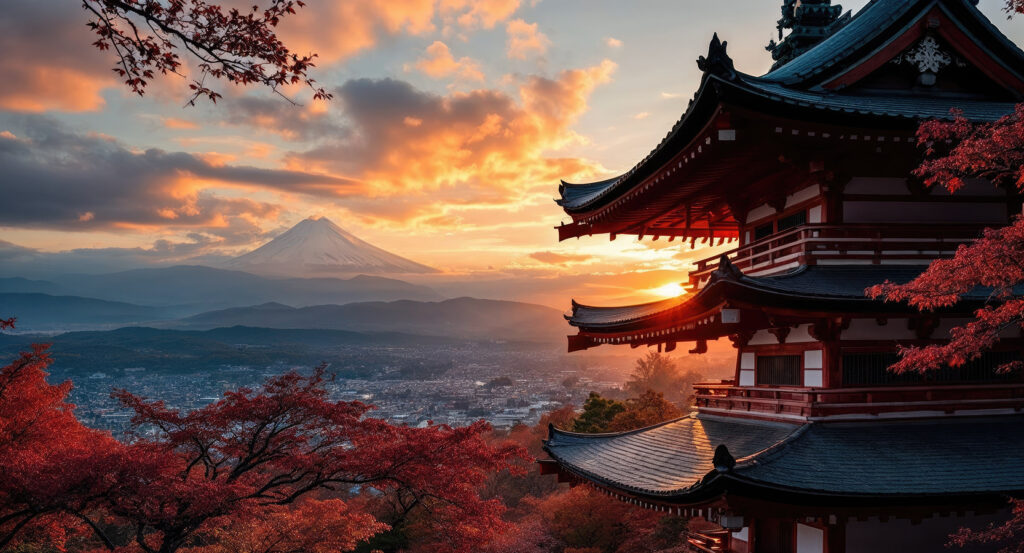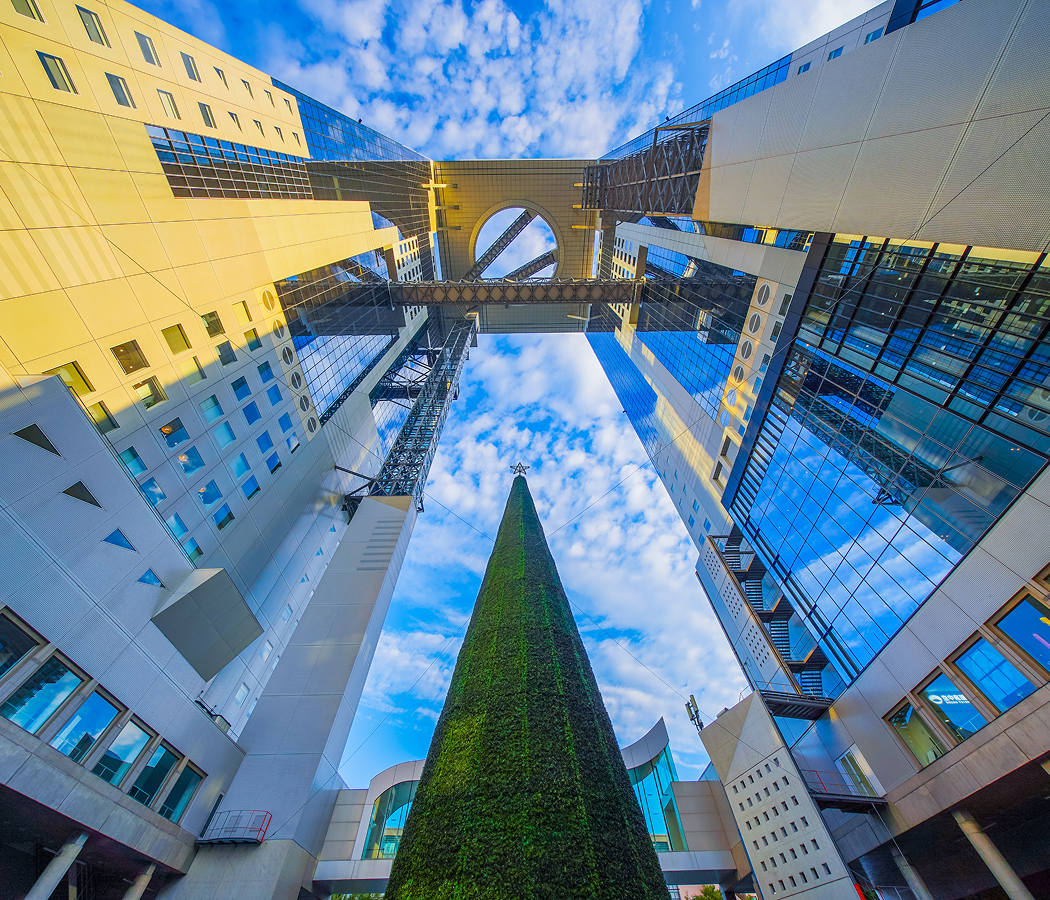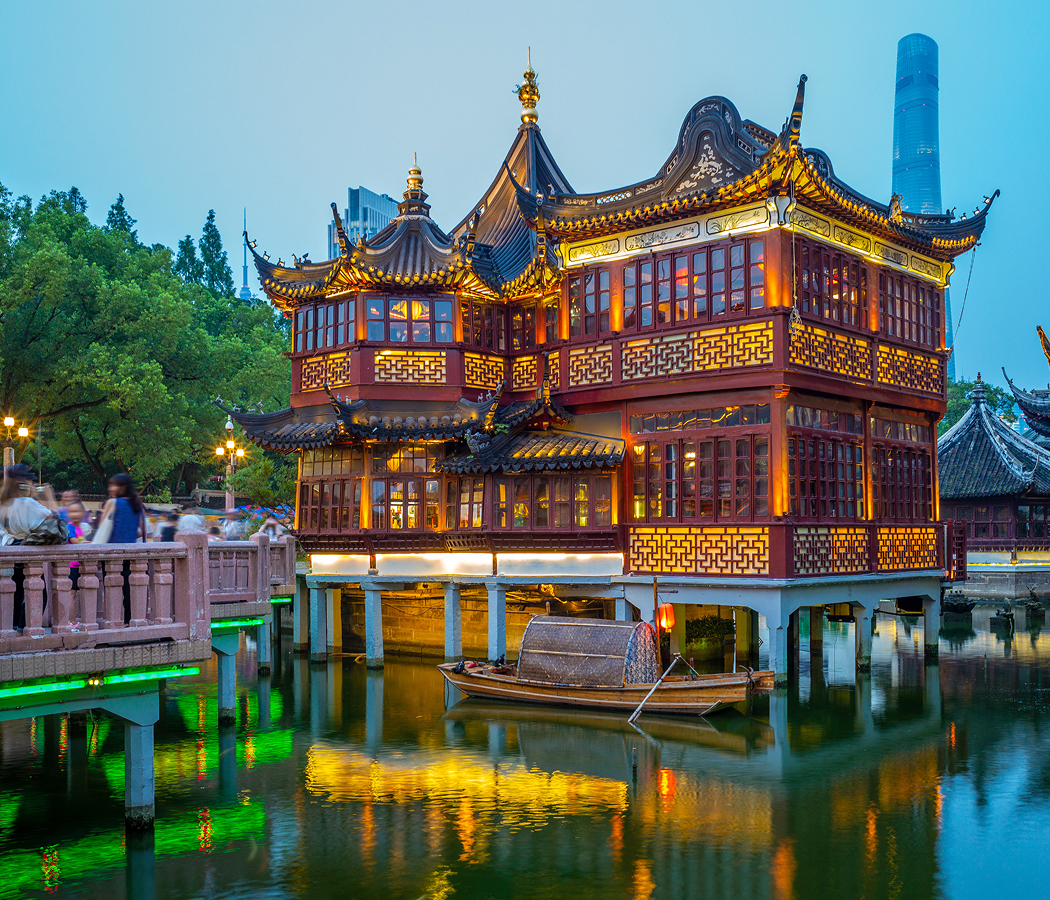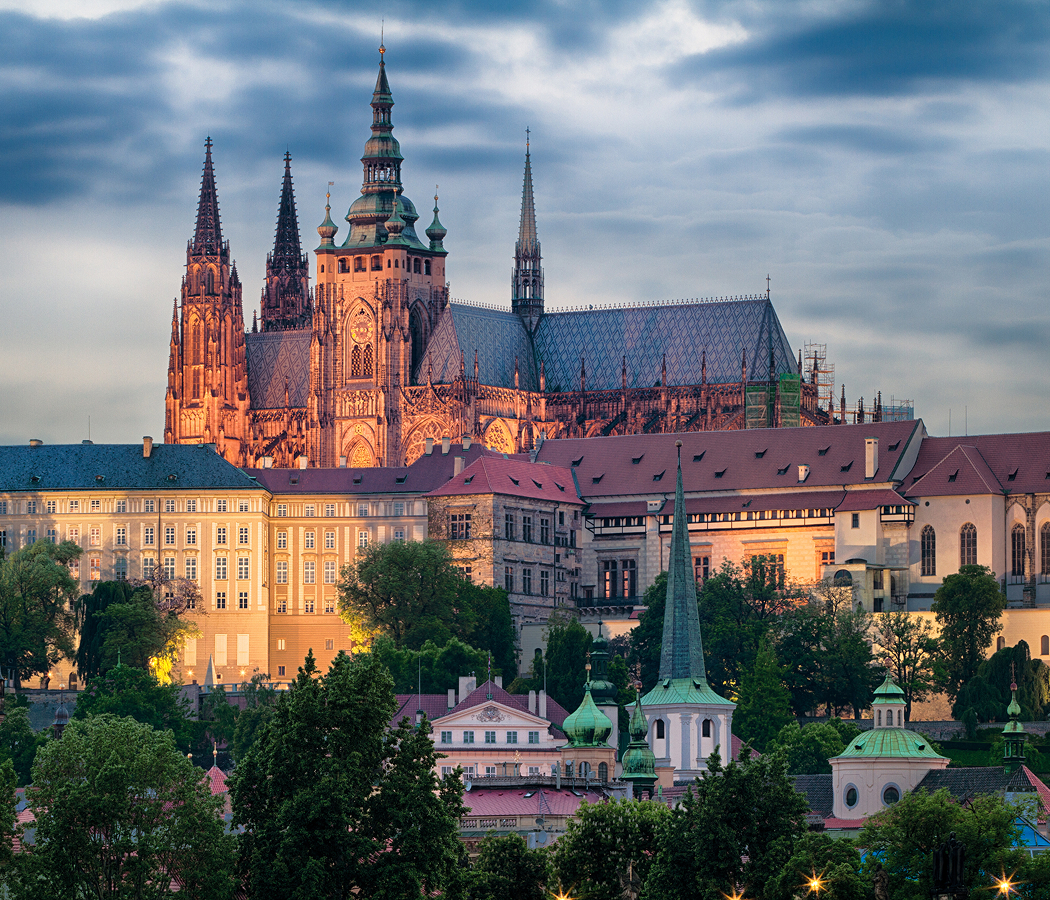
Why you should experience Tō-ji Temple in Kyoto.
Tō-ji Temple in Kyoto stands as a living chronicle of Japan’s spiritual and artistic awakening, a place where wood, stone, and sky seem to hum in unison with centuries of devotion.
Located just south of Kyoto Station, this UNESCO World Heritage Site greets visitors with the quiet gravity of history. Founded in 796, only two years after Kyoto became the imperial capital, Tō-ji, meaning “East Temple”, was one of two guardian temples built to protect the city, paired with its long-lost counterpart, Sai-ji (“West Temple”). Today, it remains the sole survivor of that sacred pair, a symbol of endurance that bridges Japan’s ancient and modern eras. As you enter, the air grows still, carrying the scent of cedar and incense, while the rhythmic toll of the temple bell echoes softly across the grounds. The five-story pagoda, Japan’s tallest at nearly 55 meters, rises gracefully into the sky, its tiered roofs like the steps of a celestial ladder. Beneath its shadow, the complex unfolds in perfect symmetry: vermilion halls, lotus ponds, and centuries-old cypress trees guiding you deeper into calm reflection. Whether you visit at dawn, when the pagoda glows gold in the morning light, or at night, when it’s illuminated like a floating lantern, Tō-ji feels eternal, an axis of quiet strength in a restless world.
What you didn’t know about Tō-ji Temple.
Behind its serene façade, Tō-ji embodies the evolution of Japanese Buddhism and the spirit of one of its most revered figures, Kūkai, founder of the Shingon sect.
Granted stewardship of the temple in 823 by Emperor Saga, Kūkai transformed Tō-ji into a spiritual center for esoteric Buddhism, a tradition emphasizing ritual, visualization, and the unity of body and mind. The temple’s architecture and art reflect this cosmic vision: the Kondō (Main Hall) houses an awe-inspiring triad of Buddhas, with Yakushi Nyorai, the Medicine Buddha, at its center, surrounded by twelve guardian deities carved from cypress more than a millennium ago. Nearby, the Kōdō (Lecture Hall) is arranged like a three-dimensional mandala, its 21 statues representing the enlightened beings of the Shingon cosmos, a sculptural symphony of power, serenity, and compassion. Few visitors realize that the temple’s five-story pagoda is more than an architectural marvel; it’s a cosmic diagram, each level symbolizing one of the five elements, earth, water, fire, wind, and void. Over the centuries, the pagoda has burned down multiple times, always rebuilt as an act of faith and resilience. Beyond its spiritual significance, Tō-ji is also the beating heart of Kyoto’s cultural life. Every month, its expansive grounds host the Kōbō-san Market, a vibrant bazaar named after Kūkai’s posthumous title, where locals and travelers mingle among stalls selling antiques, handmade crafts, and seasonal delicacies. The juxtaposition, of eternal temples and everyday life, makes Tō-ji a microcosm of Kyoto itself: timeless, sacred, and alive.
How to fold Tō-ji Temple into your trip.
Visiting Tō-ji Temple is to walk through a living mandala, each step a movement through centuries of art, faith, and contemplation.
Start your journey early in the morning, when sunlight filters through the pagoda’s eaves and casts long shadows across the temple grounds. Begin at the Kondō, where the scent of incense hangs in the air and the golden figures seem to glow from within, their faces softened by time and devotion. Move next to the Kōdō, where the arrangement of statues mirrors the cosmic order itself; take a moment to stand in silence before the central Dainichi Nyorai, said to embody the universe’s infinite wisdom. As you wander the pathways between the halls, listen to the quiet rustle of bamboo and the distant murmur of prayer. Step outside to circle the pagoda and notice how it changes with the light, solid at midday, ethereal at dusk. If your visit coincides with the Kōbō-san Market, embrace the lively contrast: monks and merchants, relics and ramen, all blending beneath the gaze of ancient wooden Buddhas. In spring, the temple’s cherry blossoms frame the pagoda in a cascade of pink and gold, while autumn paints the grounds in crimson and amber hues. End your visit at sunset, when the sky behind the pagoda burns orange and the reflection in the pond turns liquid gold, a perfect metaphor for Tō-ji itself, where form and spirit meet in harmony. Tō-ji Temple is Kyoto distilled, a fusion of history, architecture, and soul that reveals Japan’s genius for balance. To stand before its pagoda is to feel time slow and the world align, if only for a breath.
Hear it from the Foresyte community.
Come on the 21st and it flips from quiet temple vibes to a full on market party. Food, antiques, the works. Wild switch up.
Where meaningful travel begins.
Start your journey with Foresyte, where the planning is part of the magic.
Discover the experiences that matter most.















































































































